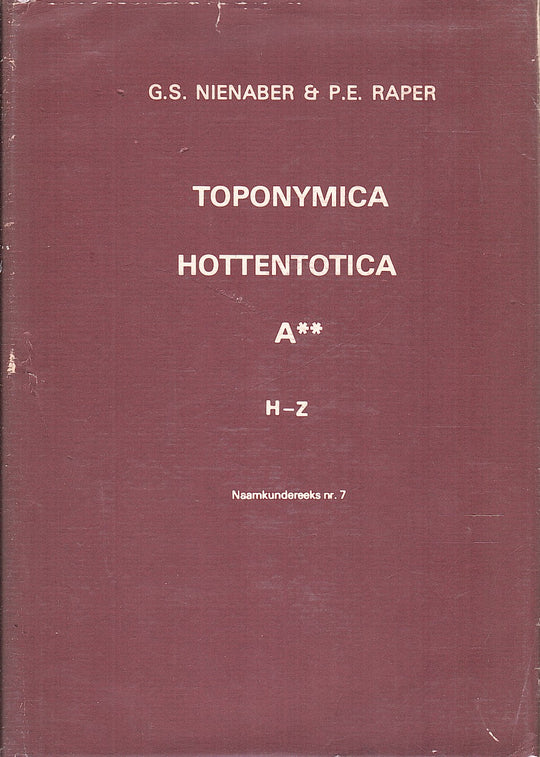Onseepkans
The name is directly to Onsep, Alw. Here a suction flaster is called before the first ground, and then it closes the best at Namaǃ Uni- = elbow. The third member of Mr Botha's first statement (to which he gives preference) means the 'Lemo Tower Tree'. According to Smith 1966, it can be the Parkinsonia Africana (Aid. 322), which appears in Griqualand West and elsewhere, but we still doubt it. His namanaam could not determine. The medic and mayor of Puff Adder, Dr O van Schalkwyk, speaks itǃ Chance. We also make the word in kangkoeru Alw The shape can - then the old Cape Velarisation in front, and further the nasalized vocal A that is consonant as -an-, but there is now different in suction consonant. There are o.i. Great chances that the right clip is that of Christian, whose mother tongue is Nama, so that we must express the first member as a (k). The name then means the 'place (-s) where the Orange River makes an elbow (ǃ Uni-) and where lemoendoring trees (ǃ It is composed of Onseep plus chance, so it is not clear where a third member has been moved. Mr Botha's communications are based on what he found locally by underwear. It is certainly supported by Miss. Duggan's contribution. The second statement by Mr Botha is actually for Kakamas Aid., Not for Onseepkans. We believe Mr Opperman's outline is a kind of whole-political rationalization that he motivates topographically. It comes, sometimes verbatim, before at Engelbrecht 1925 HG 29 5 1925 31. Mr Potgieter C 1973 SESA 8 334 has its information from the same source as we, and then he shares relationships with location and operation.




